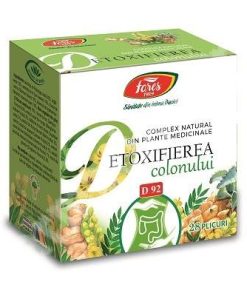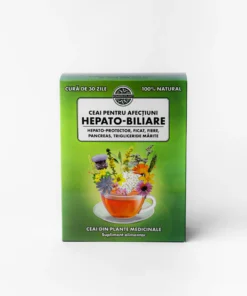Actinidiae chinensis or Kiwi Fruit – What is it Used For?
Actinidia chinensis, otherwise known as the Chinese gooseberry, kiwifruit or yang tao, is indigenous to China. In 1904, seeds of this species were brought to New Zealand and through cultivation, the varieties recognized today have been created.
The Hayward cultivar is widely known as Actinidia deliciosa. Arcus took the initial steps in studying the cysteine proteinase by isolating a crude version and describing its properties. He was motivated by the fact that adding raw fruit to table jelly inhibited it from gelling. McDowall then took this further by succeeding in purifying actinidain to crystallinity.
The subsequent decade saw investigations conducted at Massey University on a range of topics regarding the primary sequence, X-ray crystal structure, specificity and kinetics of esterolytic activity. Further work explored the catalytic characteristics and properties of the catalytic site together with electrostatic fields within actinidain and related enzymes .
Attention has shifted in recent years to its prevalence in multiple Actinidia species and cultivars [18], if it is allergenic [19,20], its possible uses in food processing [21–27], and its thought-to-be role in supporting digestion of proteins in the gastrointestinal tract [28,29].


